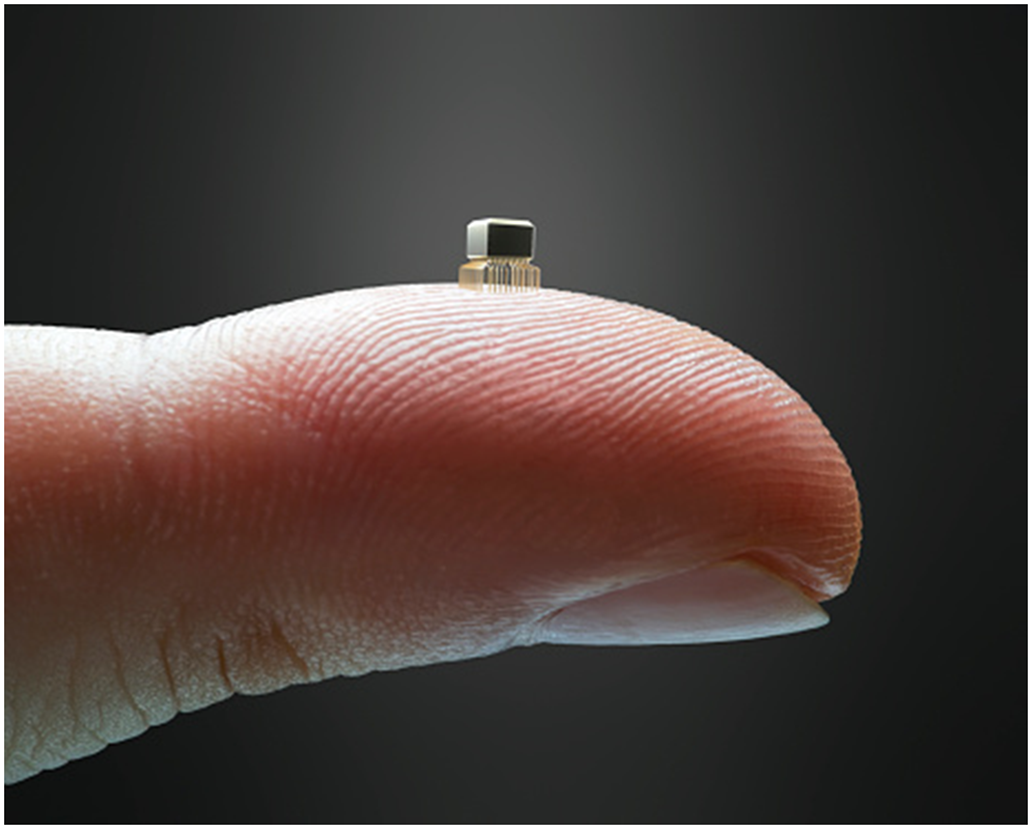The development of useful quantum technologies will heavily rely on assembling many sub-systems that exhibit quantum properties. These systems do not spontaneously assemble themselves into useable quantum machines: they rely on advanced fabrication techniques at micro- and nanometre scales. Examples of such techniques include the fabrication of electrodes and waveguides for trapped ions, of Josephson junctions and microwave chips for superconducting circuits, of electrodes for the control of quantum dots or the fabrication of low-disorder semi-conductors for the operation of Majorana Zero Modes.
The current state-of-the-art in fabrication has led to results going from early measurements of Majorana Zero Modes (Lutchyn, Reference Lutchyn2018) to the assembly of tens of qubits in trapped ions (Egan, Reference Egan2021) and superconducting circuits (Arute, Reference Arute2019; Wu, Reference Wu2021), as well as the manipulation of hundreds of modes in integrated optics (Madsen, Reference Madsen2022). However, useful quantum technologies are believed to require of order hundreds of logical qubits, which could require up to millions of physical qubits.
The challenge of developing useful quantum technologies will undoubtedly be tied to the challenge of developing new fabrication capabilities (Brecht, Reference Brecht2016). Hence, several directions can be considered to answer the question “How will challenges in micro- and nanofabrication impact the development of quantum technologies?” For example, what are the main axes of development that micro- and nanofabrication techniques must pursue to undertake these challenges? What are the current thrusts in academia and industry that are meant to address these challenges, and what results are they expected to yield? How can developments in conventional micro- and nanofabrication capabilities be exploited to addresses scalability of engineered quantum device? What are realistic timescales for such results to be obtained?
How to contribute to this Question
If you believe you can contribute to answering this Question with your research outputs, find out how to submit in the Instructions for authors (https://www.cambridge.org/core/journals/research-directions-quantum-technologies/information/author-instructions/preparing-your-materials). This journal publishes Results, Analyses, Impact papers and additional content such as preprints and “grey literature.” Questions will be closed when the editors agree that enough has been published to answer the Question so before submitting, check if this is still an active Question. If it is closed, another relevant Question may be currently open, so do review all the open Questions in your field. For any further queries check the information pages (https://www.cambridge.org/core/journals/research-directions-quantum-technologies/information/about-this-journal) or contact this email (quantumtechnologies@cambridge.org).
Competing interests
The author declares none.






